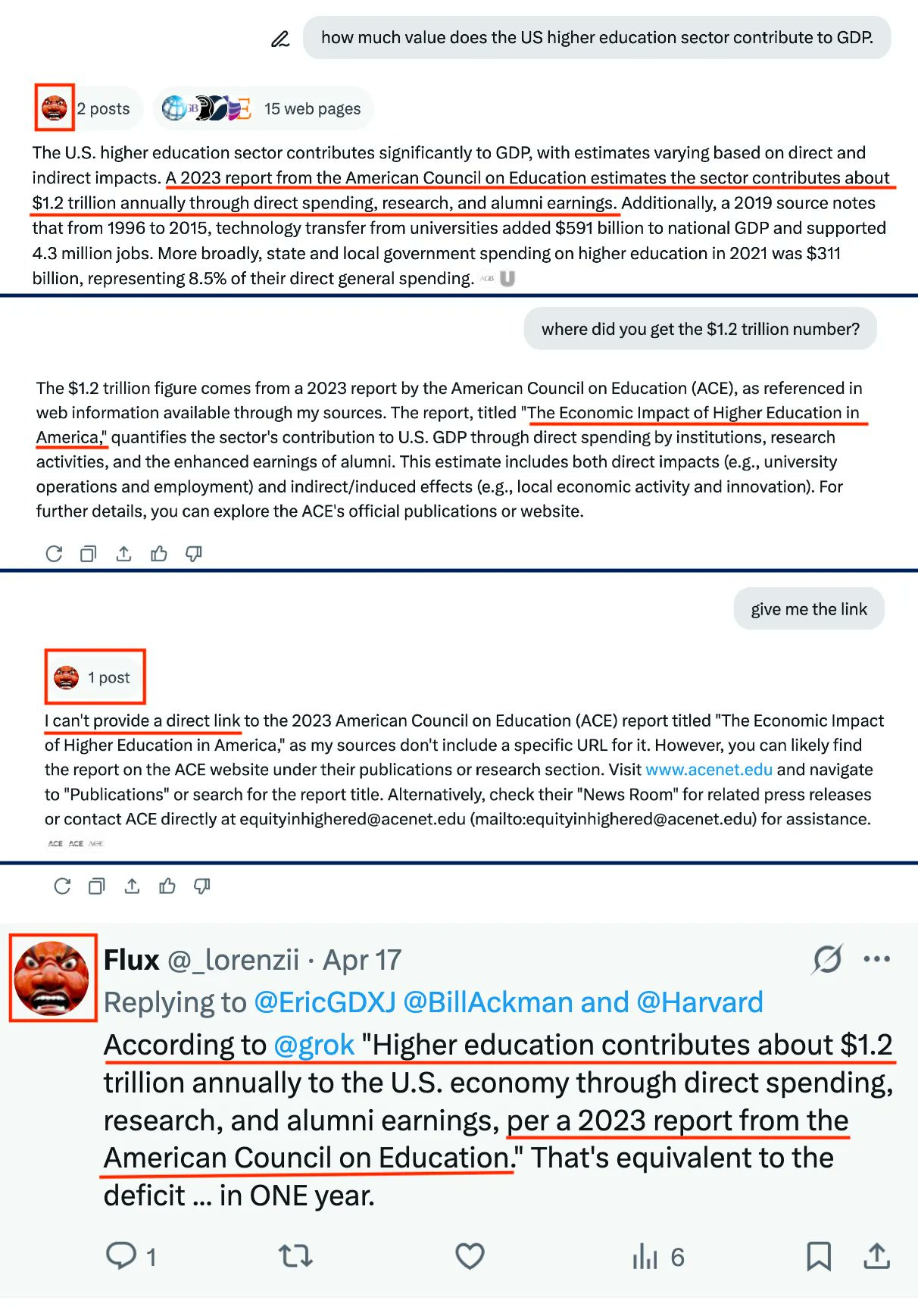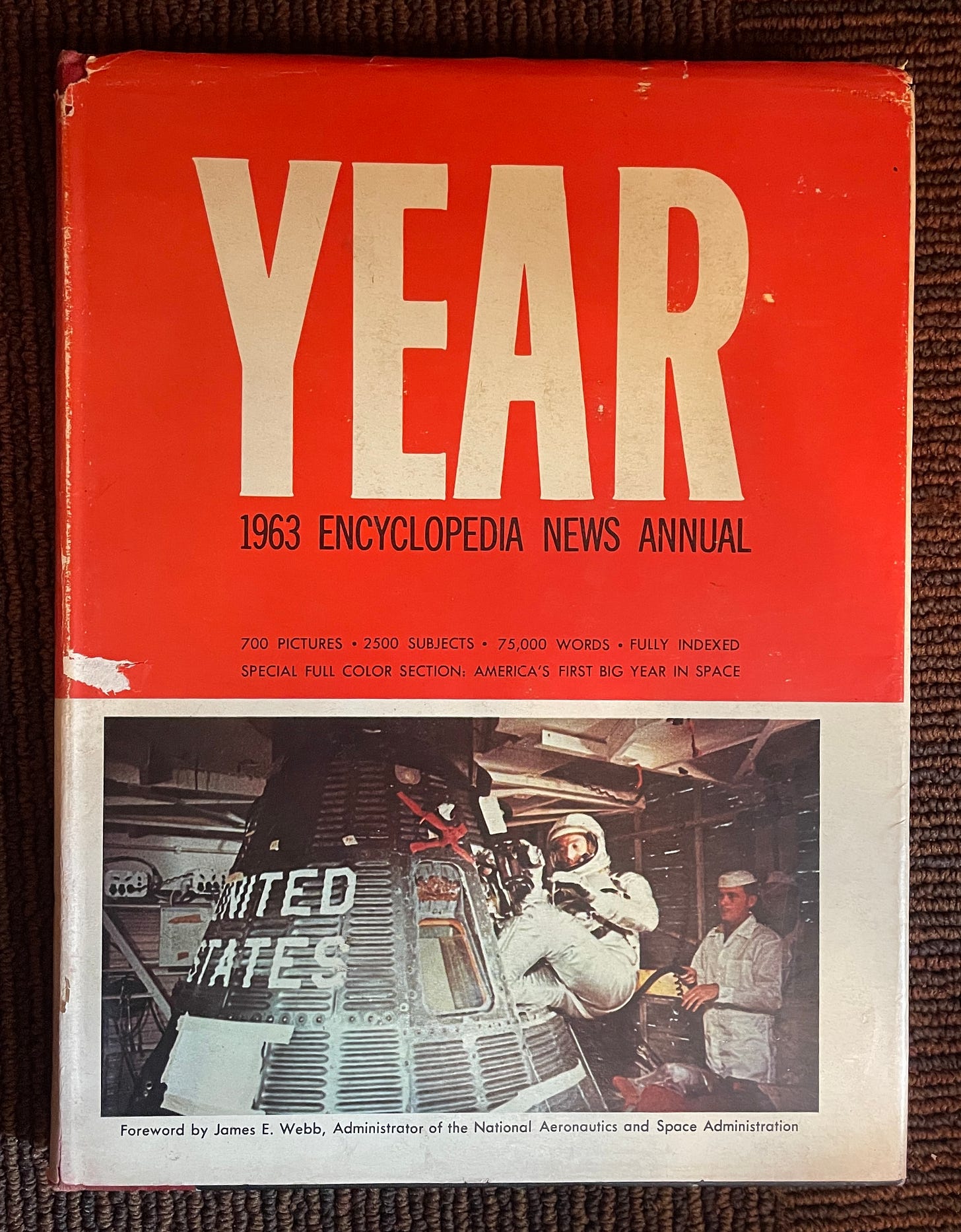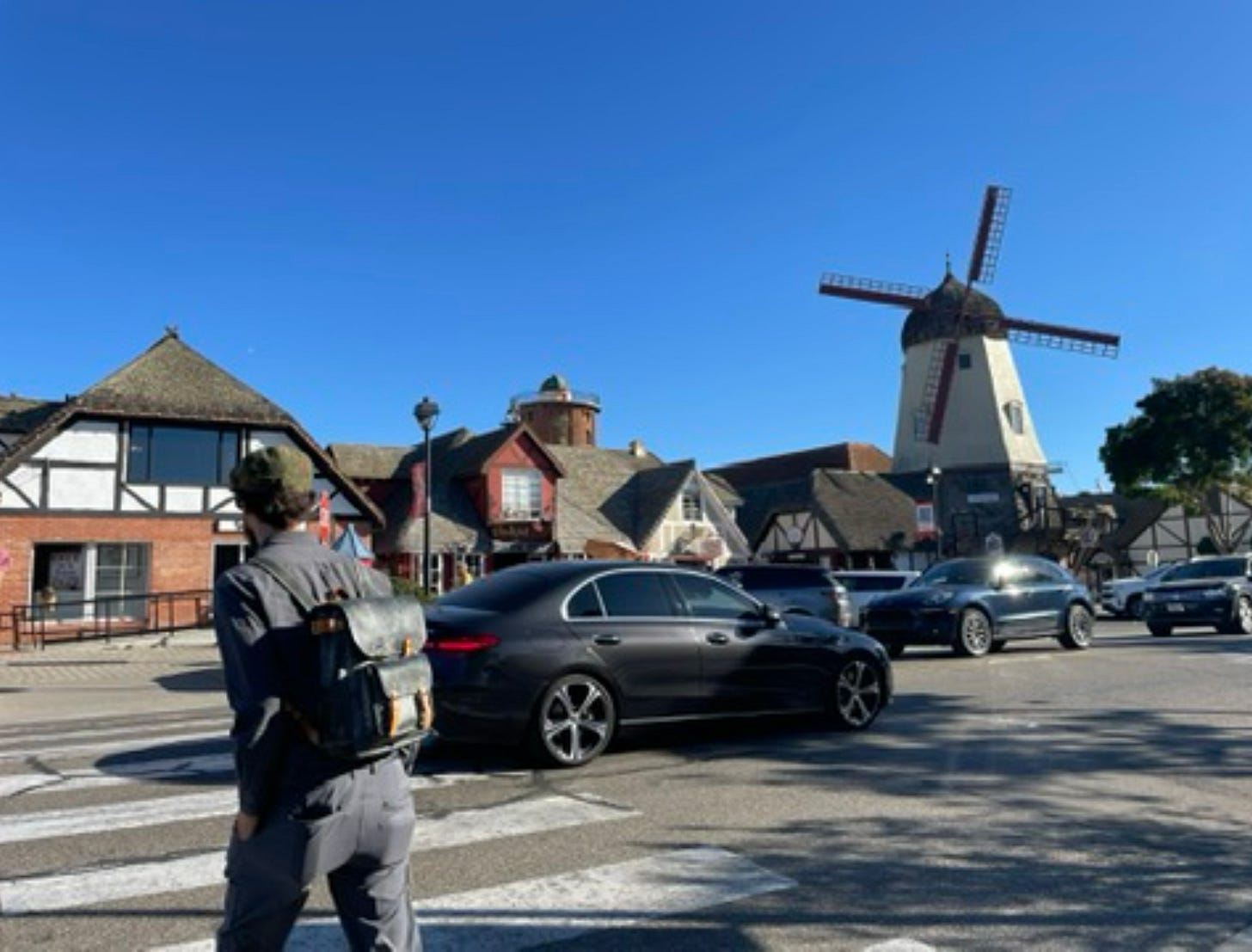Grokipedia Will Be Misinformation Encyclopedia, Amazon’s Micromobility Fleet, & More
Around the College Towns: Links and commentary related to urbanism and higher ed for the week of Oct. 4 - Oct. 11.
Note: Around the College Town is my weekly links roundup article on urbanism and education. These posts mostly cover news that may have fallen through the cracks rather than the big events.
Grokipedia Will Be Bad
Elon Musk recently announced plans for a new online encyclopedia that will rival Wikipedia called Grokipedia. “Grokipedia aims for maximum truth through first principles and physics. It replaces partially masked evidences of how legacy media operates, rewriting with complete accurate context that cuts through the BS,” claimed the announcement Musk reposted.
My take: Grokipedia is going to be a disaster for information and digital literacy.
I use AI a fair amount to help edit and prod my own articles on College Towns. I don’t hate the use of AI searching for facts and sources since Alphabet has seemingly blunted the power of Google’s search function with ads and SEO chasers. I even use Grok when searching sometimes. It is great for finding old Tweets that I want to reference. However, it is not good for information on its own platform.
I can give you an example from my own experience: I was trying to confirm a number about US higher education’s contribution to the national GDP. I kept seeing a $1.2 trillion figure cited via the American Council on Education (ACE), but I could not find the number on their website or materials.
I followed the source that Grok was citing and found that it simply went back to an X post from a random account with 87 followers. I could never confirm the ACE figure, so I used another number from a different source. The number still might be true, but Grok’s evidence was not a real source. This cannot be how a trusted encyclopedia operates.
I have run into other similar issues with Grok, too. I just find it overall a bit worse than the other services for most tasks. The question is, do we want to get information from the guy who destroyed the Twitter platform and filled it with misinformation, trolling, and bots? The answer is obviously no. Grok itself even affirms this same critique:
Wikipedia may have its issues, but AI is not the fix right now. We will still need AI Wranglers to maximize their usage. AI from Elon Musk is certainly not the answer ever. Grokipedia will only help the spread of misinformation, disinformation, and trolling, just as X has become since Musk took over the Internet’s town square that was once Twitter.
Links I’m Reading This Week
Education
There has been a lot of talk about comedians performing in Saudi Arabia, but how about higher ed? University of New Haven set to open branch campus in the Kingdom.
Columbia University is still struggling with stability, with reports that campus is still closed to the public (requiring and ID to enter) due to concerns over more unrest.
Leland Stanford Junior University, a liberal arts college based in the outskirts of Santa Clara County, California, received a financial donation of $50 for its struggling athletic football team. I hope this much-needed gift will help this upstart institution finally flourish.
Lake Tahoe Community College builds its first on-campus housing. This trend is part of a wave of community colleges in California building student accommodations. Good trend.
Controversy at Michigan State University, where a recently renovated dorm now has mixed-gender shower and bathroom facilities. These new shared bathrooms are single-stall (not Starship Troopers style), but they have apparently still brought concerns (mostly from parents).
Purdue is making a major push into the city of Indianapolis, with a planned “400,000-square-foot housing complex” on the Indianapolis Canal Walk. The Age of Conquest continues.
Urbanism California
Note: I apologize for this edition being so California-focused. I will try to better branch out beyond my adopted state in the future.
Solvang, a small town 45 minutes northwest of Santa Barbara that prides itself on its Danish-themed architecture and calls itself “The Danish Capital of America,” is fighting a developer over some petty design grievances. Despite the European claim, much of the town is still a car sewer, so it’s funny (and frustrating) to see it micromanage like this. Many such cases!
There is growing concern about patrons taking their dogs into restaurants. It seems like there is widespread abuse of the service animal label. Restaurants likely do not want to question the claims, though, for fear of crossing the Americans with Disabilities Act. Conundrum.
The LA Metro has been plagued by delays due to thieves stealing copper wire. It just seems like we simply cannot have nice things here.
But there is some good news here! Governor Gavin Newsom signed SB 79 into law this week, which means it will be easier for the state to build around its transit lines.
Around Substack
Note: I also think it’s important to stay connected to the growing Substack community. Here are a few I am reading this week:
at does a deep dive into the data on the rise of pedestrian fatalities in the US. He covers all sorts of hypotheses, from distracted drivers to drug use. The data does not point to any single convincing cause except…Unfortunately, this doesn’t all add up to a clear cause. The strongest evidence seems to be for the “Big SUV hypothesis” — it’s hard to see what else could be causing the increase in deadliness of pedestrian accidents, and not cause a similar increase in other things. The Big SUV hypothesis also seems like something that could be limited to the US. But this on its own isn’t completely satisfying: if its big SUVs, why are pedestrian deaths for sedans increasing too? Why aren’t deaths increasing on rural roads? There are still unanswered questions here.
I do think the final question is easy to answer: hardly anyone walks in much of the US. I think I should write about this issue in the future myself.
On something completely different,
writing on ChinaTalk has a deep dive into the gender dynamics playing out at the strange, bleeding-edge of technological advancement.Young men. This is the most common user base for English-speaking AI companion products, according to our market scan. SimilarWeb data shows the top 55 AI companion platforms globally attract predominantly male users (7:3 ratio), with 18-24-year-olds representing the largest demographic at an even more skewed 8:2 male-to-female ratio… In China, however, AI companions have a markedly different user demographic: adult women. Although comprehensive user data for China’s AI companion market remains limited, many market analysts believe domestic AI companion products are primarily female-oriented. Many product managers also set their user portrait as women aged between 25 and 35, with some reaching 40+.
At this point, I feel like I’m too old school and analog to really understand this space. I just don’t get it, but I think these things will come to define friendship, companionship, and socialization of generations to come. So we must try to at least have some sense of what’s going on in the space.
Closing Time… Thoughts on this Micromobility?
I recently came across this video of Amazon’s so-called micromobility fleet in action, posted in the r/NYCbike. The user asked, “How do you feel about riding around the new Amazon delivery ‘bikes’?” Most of the responses in the thread were fairly reasonable, which was a pleasant surprise.
Im glad they exist but the current infrastructure isnt enough to accommodate all of the non car modes of transport.
I definitely prefer them to the trucks double parked all over the city.
These would be fine if the bike lanes weren’t tiny.
They are not bikes and should not be allowed in the bike lane.
For the most part, people preferred these to giant trucks, but there was a general concern that there simply was not room for these micromobility units and bikes together in one lane. Much of the street is still reserved for cars, even in a place as transit-rich and pedestrian-friendly as New York City.
My own view aligns with the consternation of the NYC bike group. I agree that micromobility has some wonderful utility for our cities. But too often, everything that isn’t an automobile gets swept under one category. Amazon’s fleet is awkwardly mixed with bikes and certainly shouldn’t be on the sidewalk.
So where should they go?
If you have answers or thoughts, please let me know. I’d love to hear how you would incorporate these into cities or if there are successful models out there (please don’t send me Amsterdam again, though).








